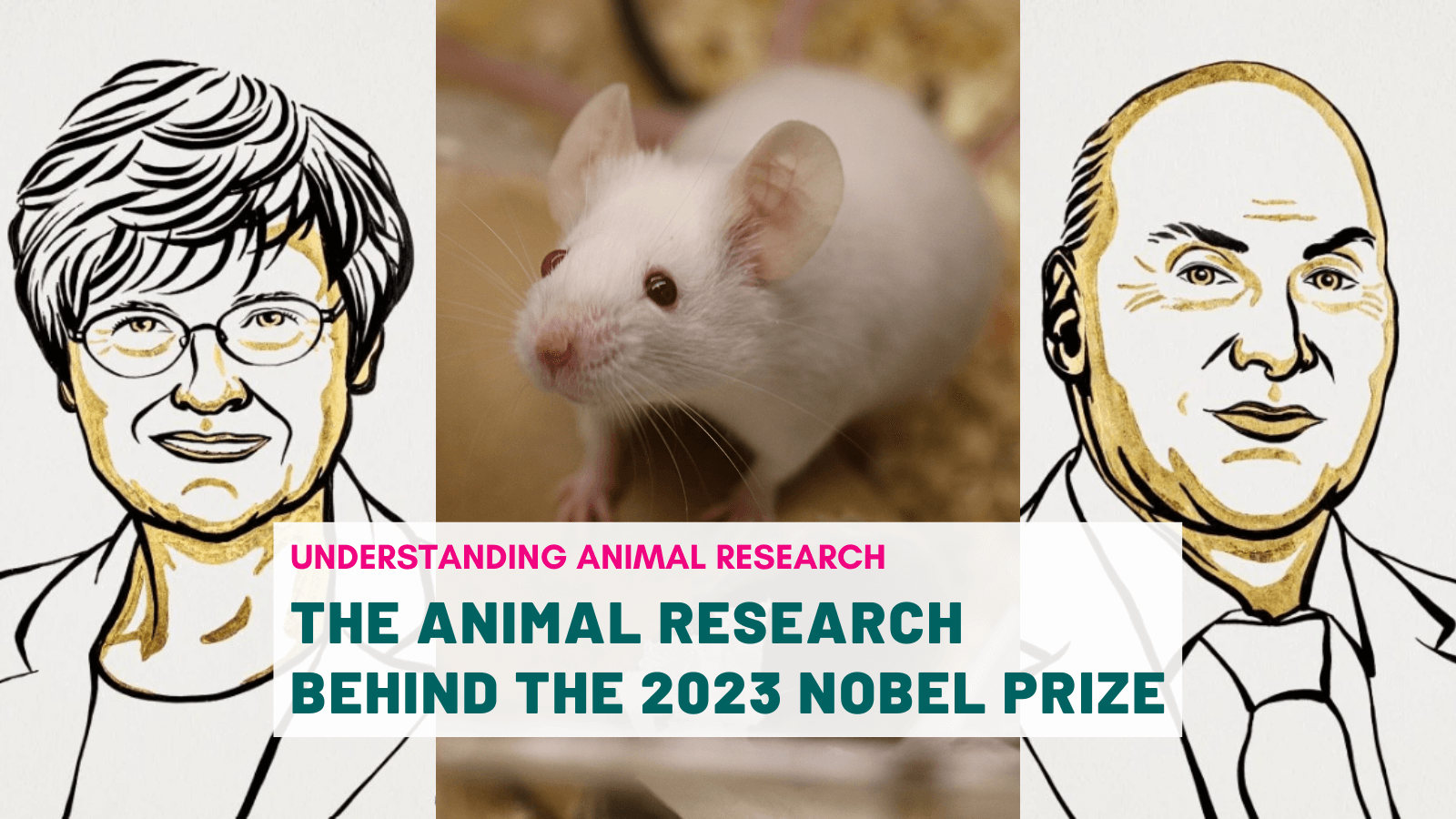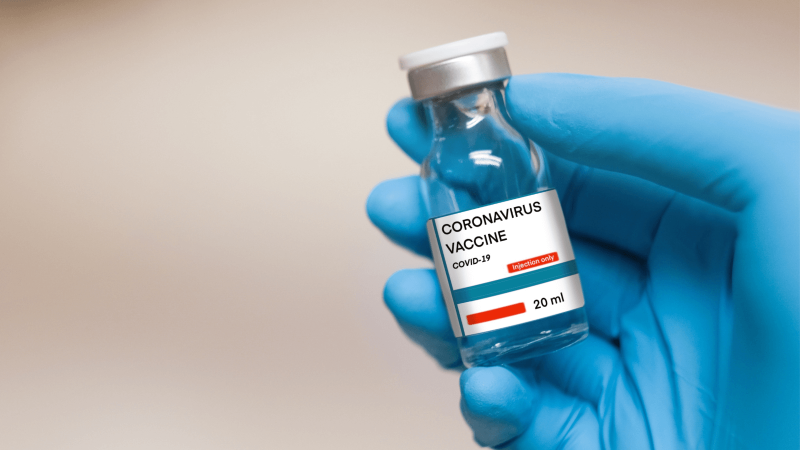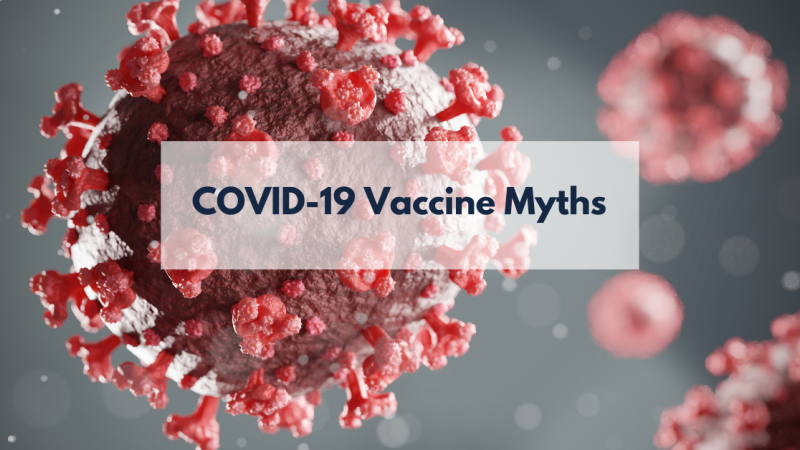
The 2023 Nobel Prize of Physiology and Medicine was jointly awarded to Katalin Karikó and Drew Weissman for their discoveries concerning nucleoside base modifications, which involved mice. Through their ground-breaking findings, which fundamentally changed our understanding of how mRNA interacts with our immune system, the laureates contributed to the development of effective mRNA vaccines against COVID-19 during the pandemic and the unprecedented rate of vaccine development during one of the greatest threats to human health in modern times.
Over the years, vaccines have saved millions of lives. They’ve helped stave off mumps, block polio, push back diphtheria, and even eradicate smallpox. Perhaps the most well-known vaccine experiments are those of Louis Pasteur in the 19th century. They led to the first vaccines for chicken cholera, for anthrax which was successfully used in sheep, goats and cows, and for protecting humans against rabies.
This year, the Nobel Prize of Physiology and Medicine have decided to celebrate work behind a new kind of vaccine : the mRNA vaccine.
Vaccines based on killed or weakened viruses have long been available (e.g. polio, measles, or yellow fever vaccines). Thanks to the progress in molecular biology in recent decades, vaccines based, not on whole viruses, but on individual components have been developed. The immune system learns to recognise and attack specific viral proteins, often found on their surface. However, making all these types of vaccines requires large-scale cell culture and takes time. Some, like the flu vaccine, require testing in ferrets and sheep, before they are injected and multiplied in fertilised chicken eggs – a laborious process repeated every time a new strain arises. It is ill adapted to the rapid vaccine production required to respond to outbreaks and pandemics. Scientists have worked for decades to try and find a faster alternative.
The beginning of mRNA vaccines
In the 1980s, with the ability to efficiently produce mRNA without cell culture, came the idea to use mRNA technologies for vaccine and therapeutic purposes. mRNA carries the blueprint for proteins. When injected, an mRNA carrying information about a viral protein would lead to its production, and recognition by the immune system, much like with other vaccines. However, many obstacles needed to be overcome before mRNA vaccines could become a reality.
mRNA produced – or rather transcribed - in vitro was considered unstable and challenging to deliver. It required the development of sophisticated carrier protective systems. Researchers in France first used RNA encoding a flu virus in mice in the 1990s. It produced a response, but the lipid delivery system used at the time proved too toxic to use in people. It would take another decade for companies to develop the safe lipid capsules used today.
Moreover, in vitro-produced mRNA gave rise to inflammatory reactions. Enthusiasm for developing the mRNA technology for clinical purposes was, therefore, initially limited.
These obstacles did not discourage the Hungarian biochemist Katalin Karikó. She was devoted to developing methods to use mRNA for therapy. She convinced Drew Weissman, who was working on dendritic cells, which have important functions in immune surveillance and the activation of vaccine-induced immune responses. They started looking into how different RNA types interact with the immune system.
Understanding how mRNAs stimulate the immune system
Karikó and Weissman noticed that in vitro dendritic cells can recognise transcribed mRNA (produced in the lab) as a foreign substance, which leads to their activation, the release of inflammatory signalling molecules and downstream activation of the immune system. mRNA taken from mammalian cells, notably from the rat liver, mice, cows and human spleen, did not give rise to the same reaction. Karikó and Weissman realised that some critical properties must distinguish the different types of mRNA.
Karikó and Weissman found the reason behind this discrimination: RNA from mammalian cells is frequently chemically modified, while mRNA transcribed in vitro is not. The absence of altered bases that composed the RNA transcribed in vitro caused this unwanted inflammatory reaction. The results were striking. The inflammatory response was almost abolished when base modifications were included in the mRNA.
This was a paradigm change in our understanding of how cells recognise and respond to different forms of mRNA. Karikó and Weissman immediately understood that their discovery had profound significance for using mRNA as therapy. They went on to test the potential of these modified transcribed RNA molecules in mice. Adding altered bases in the RNA not only prevented the immune reaction against the transcribed RNA, but also enhanced its capacity to produce proteins compared to unmodified mRNA. The effect was due to the reduced activation of an enzyme that regulates protein production.
Through their discoveries that base modifications both reduced inflammatory responses and increased protein production, Karikó and Weissman had eliminated critical obstacles on the way to clinical applications of mRNA.
The birth of mRNA vaccines
Interest in mRNA technology began to pick up, and in 2010, several companies were working on developing the method.
The first RNA vaccine, as we know them today, was developed in 2012. Researchers successfully vaccinated rats against a respiratory virus. About a year after that, a new strain of avian influenza – bird flu – appeared. Scientists at Novartis’s US research hub in Cambridge, Massachusetts decided to put their new vaccine to the test. In less than a week they were able to synthesise the RNA for the vaccine, assemble it and test it in cells. A week later they were testing it in mice.
The development happened at a breakneck speed. The Novartis team achieved in one month what typically takes a year or more. But at the time, the ability to manufacture clinical-grade RNA was limited and unfortunately, the research was halted in 2015 when Novartis sold its vaccines business. The work was never tested on people.
However, two smaller firms continued to work on RNA vaccine technology. One was CureVac in Tübingen, Germany, which began human testing of a rabies vaccine in 2013. The other was the now famous Moderna, who managed to bring an RNA-based vaccine for a new strain of avian influenza into clinical testing in late 2015. It created strong enough immune responses that the company moved ahead with human trials of RNA vaccines for the cytomegalovirus (a common cause of birth defects), two mosquito-borne viruses (chikungunya and Zika) and three viral causes of respiratory illness in children. GlaxoSmithKline, which had acquired most of Novartis’s vaccine assets, also began evaluating an RNA-based rabies vaccine in 2019.
By the beginning of 2020, about a dozen RNA vaccine candidates had been tested in humans. Four had been abandoned after initial testing. The cytomegalovirus RNA vaccine was the only one that had progressed to a larger, follow-on study.
It took a global pandemic and the emergency fast-tracking of the technology, for RNA vaccines to prove their worth. They are now on the front lines in the fight against COVID-19 after winning approval from regulators in several countries around the world. Together, more than 13 billion COVID-19 vaccine doses have been given globally. These vaccines saved millions of lives and prevented severe disease in many more, allowing societies to open and return to normal conditions. Through their fundamental discoveries of the importance of base modifications in mRNA, this year’s Nobel laureates critically contributed to this transformative development during one of the biggest health crises of our time.
The future of RNA vaccines
The impressive flexibility and speed with which mRNA vaccines can be developed set the stage for using the new platform for vaccines against other infectious diseases. In the future, the technology may also be used to deliver therapeutic proteins and treat some cancer types. An RNA vaccine has already proved successful against multiple sclerosis, an autoimmune disease. In a mouse model, the RNA vaccine delayed the onset of the disease and reduced the severity of the symptoms. The era of RNA vaccines has arrived.
“All of the major pharmas are, in one way or the other, now testing out the technology,” says Jeffrey Ulmer, former head of preclinical research and development at GlaxoSmithKline’s vaccine division, and before that at Novartis.
RNA vaccines could lead to solutions for particularly recalcitrant diseases, such as tuberculosis, HIV and malaria. Researchers at the University of Pennsylvania Perelman School of Medicine in Philadelphia are taking advantage of how easy RNA vaccines are to make and change to test many different dengue virus vaccines. Richner and his colleagues routinely chop and change the gene sequence encoding the envelope protein that the dengue virus uses to launch its attack on human cells. By repeating the process and developing their design, the researchers tested around 15 vaccine candidates in mice.
The technology could also improve current vaccines. RNA vaccines could include instructions for multiple antigens for example. This could be particularly useful for very variable pathogens such as the influenza virus. Norbert Pardi, a vaccine scientist, was able to make a flu vaccine with four RNA strands, each encoding a different influenza protein. The multiplex vaccine successfully protected mice from infection with one particular subtype of the influenza virus.
We are only at the beginning of what seems to be one of the major discoveries of the century in terms of fighting immune and infectious diseases. We can hope for more ground-breaking discoveries to come.
Read about the animal research behind previous Nobel Prizes
Discover statistics on the number of Nobel Prizes that have used animals
Find out which Nobel Prize winning projects used animals and the species involved on animalresearch.info
Last edited: 31 October 2024 12:14



